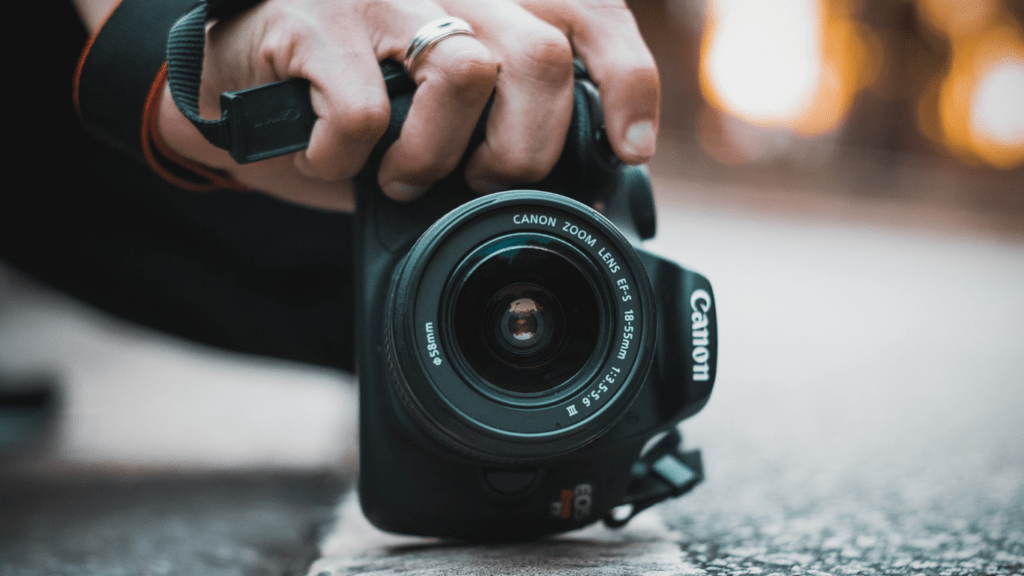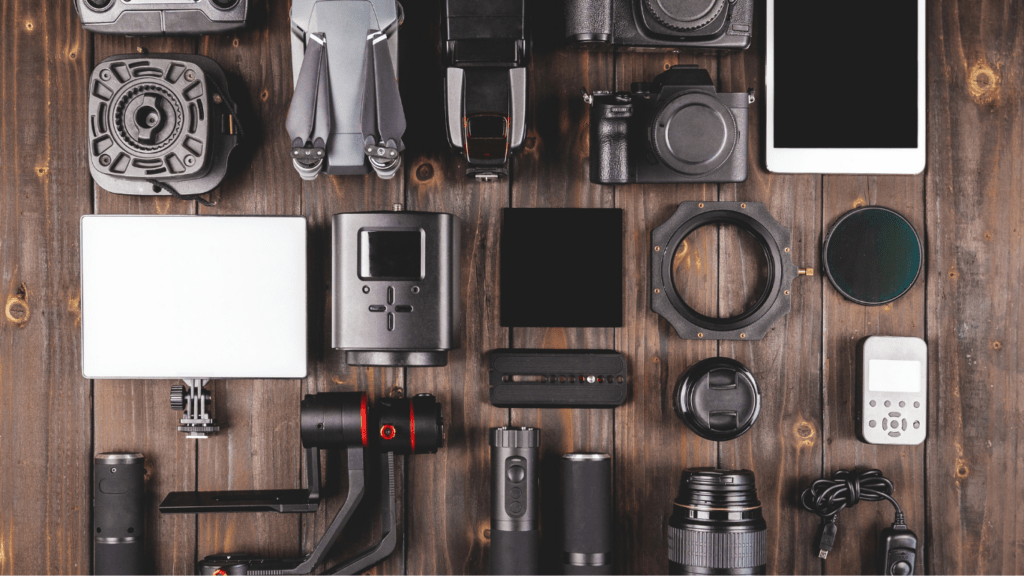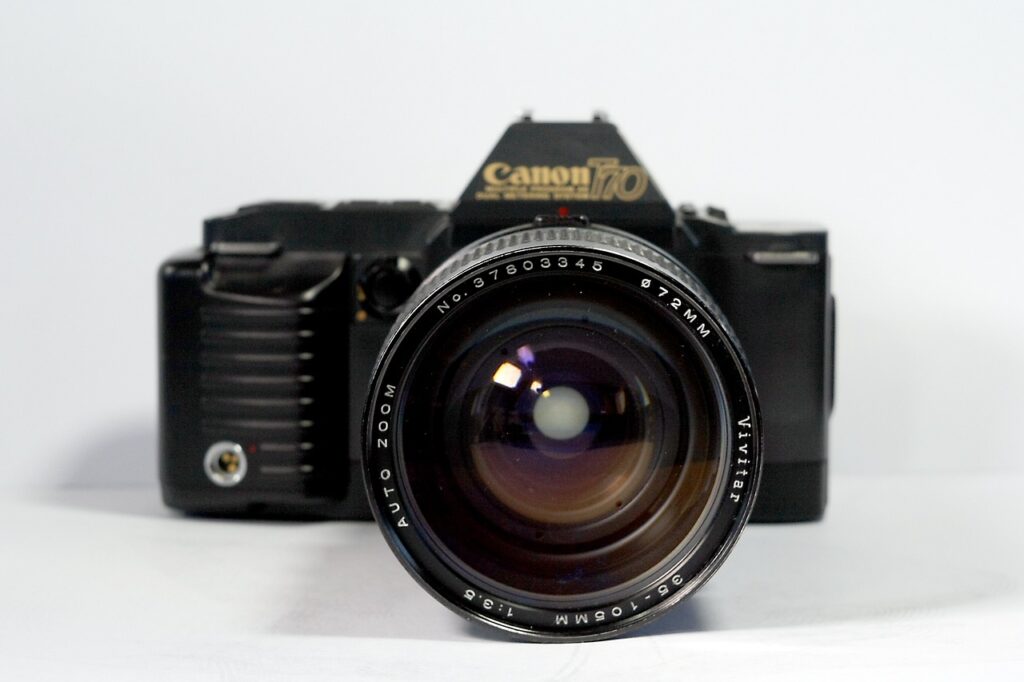Getting into photography can feel overwhelming with so many cameras on the market, especially when you’re just starting out. I remember how confusing it was to balance affordability with features that could help me grow my skills. The good news? You don’t have to sacrifice quality or pro-level tools just because you’re a beginner.
These days, entry-level cameras pack impressive features that were once reserved for high-end models. Whether you’re into landscapes, portraits, or experimenting with video, the right gear can make all the difference. Let me guide you through some of the best beginner-friendly cameras that offer professional capabilities without breaking the bank.
What to Look for in Entry-Level Cameras
Entry-level cameras blend simplicity with advanced features, making them ideal for beginners. Identifying key attributes ensures a balance of usability and long-term potential.
Essential Features for Beginners
- User-friendly interfaces simplify learning for beginners. Look for an intuitive menu system, labeled buttons, and touchscreens. A built-in guide mode provides step-by-step instructions for new users.
- Compact and lightweight designs enhance portability, especially for users transitioning from smartphones. DSLR models like the Nikon D3500 weigh around 12.9 ounces without a lens.
- Versatile lenses and compatibility matter for skill-building. Entry-level mirrorless systems, such as the Sony Alpha a6100, offer access to interchangeable lenses.
- Built-in connectivity aids immediate sharing. Cameras with Wi-Fi or Bluetooth, including the Canon EOS Rebel T7, enable seamless photo transfers to devices.
Pro Features Worth Considering
- High-resolution sensors improve image quality. Cameras with 24MP sensors, like the Fujifilm X-T200, capture detailed stills and vibrant colors.
- Fast autofocus ensures sharpness in dynamic scenarios. Models with phase-detection AF, including the Olympus OM-D E-M10 Mark IV, excel in capturing moving subjects.
- 4K video adds value for content creators. Cameras like the Panasonic Lumix GX85 provide cinematic recording at a beginner’s price point.
- Manual controls promote creative growth. Options like exposure settings and customizable modes, such as those in the Canon EOS M50, support experimentation.
Top Entry-Level Cameras for Beginners

I’ve compiled a list of high-performing yet affordable entry-level cameras designed to balance simplicity with professional-level features. These models cater to beginners while offering tools for creative growth.
DSLR Cameras with Pro Features
DSLR cameras provide reliable performance and an extensive range of lens options. The Canon EOS Rebel T8i stands out with its 24.1MP sensor, fast autofocus (45 cross-type points), and a vari-angle touchscreen for flexible shooting angles. It also supports 4K video, making it ideal for those exploring videography.
The Nikon D5600, equipped with a 24.2MP sensor and SnapBridge for seamless photo transfer, delivers excellent image quality. Its intuitive controls, 39-point autofocus system, and lightweight design make it a strong choice for beginners.
Mirrorless Cameras with Pro Features
Mirrorless cameras offer compact designs without compromising capabilities. The Sony Alpha a6100 features a 24.2MP sensor, real-time eye autofocus, and 4K video recording. Its lightweight build and customizable controls enable smooth operation for new users.
The Fujifilm X-T30 combines retro styling with modern functionality. It includes a 26.1MP sensor, advanced film simulation modes, and 425-point autofocus. Its compact size and high-resolution viewfinder enhance shooting experiences.
Compact Cameras with Pro Features
Compact cameras are portable, perfect for on-the-go photography. The Sony ZV-1 shines with a 20.1MP sensor, fast hybrid autofocus, and a built-in ND filter. It’s designed with vloggers in mind, featuring a flip-out screen and robust 4K video capabilities.
The Panasonic Lumix LX100 II offers a 17MP multi-aspect sensor, manual controls, and excellent low-light performance. Its Leica optics and compact form factor make it an excellent travel companion.
Comparing Key Features of Entry-Level Cameras
I compare key attributes in entry-level cameras to highlight features that enhance both usability and creative potential. Beginners can find models with dynamic functionality while maintaining affordability.
Image Quality and Resolution
Image quality depends on:
- sensor size
- resolution
- image processing
Entry-level cameras, like the Canon EOS Rebel T8i with its 24.1MP APS-C sensor, deliver sharp and vibrant images. Mirrorless options, such as the Sony Alpha a6100, combine high-resolution sensors with advanced noise reduction for low-light photography. Beginners benefit from cameras offering RAW format support, which retains greater detail for post-processing.
Autofocus and Shooting Speed
Fast, accurate autofocus improves action photography. Cameras like the Nikon D5600 feature 39 autofocus points for precise subject tracking. Mirrorless variants, including the Fujifilm X-T30, leverage advanced hybrid autofocus systems for swift response in diverse scenarios. Burst rates, such as the 11 fps offered by the X-T30, ensure users capture fleeting moments without lag.
Video Capabilities and Ease of Use
4K recording is a standard feature in many models, enhancing video quality for creators. The Panasonic Lumix LX100 II supports 4K at 30 fps, while cameras like the Sony ZV-1 come with integrated stabilization for smoother footage. Beginners also appreciate flip-out screens for vlogging and intuitive menu layouts, making navigation straightforward even for first-time users.




